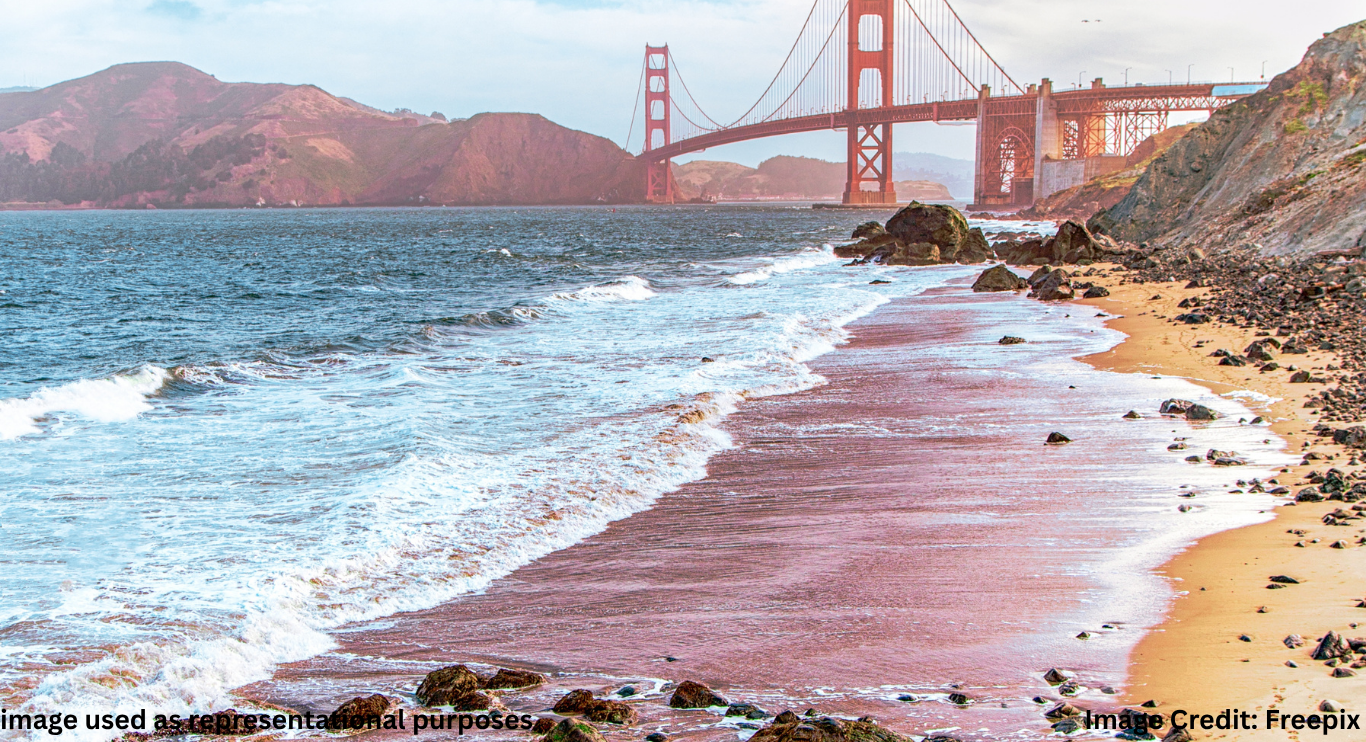
Why Public Safety and Urban Planning in California Matter
When you think of the Golden State, images of coastal cities and bustling downtowns often come to mind. But beyond the glamour lies a core issue: public safety and urban planning in California are deeply interconnected. From the design of crosswalks in San Diego to the housing projects in Oakland, safety shapes how cities are built and lived in.
A Look at California’s Urban Evolution
Over the decades, California’s cities have faced waves of change—booming populations, climate pressures, housing shortages, and tech expansions. In places like Los Angeles, planners are constantly rethinking how to balance growth with the basic need for security. Early designs, which favored freeways and sprawl, left many neighborhoods disconnected and vulnerable.
Public Safety as a Pillar of Urban Planning
Urban planning isn’t just about aesthetics—it’s about safety, accessibility, and sustainability. In California, city planning departments often work hand-in-hand with police, fire services, and emergency response teams. The goal is clear: design cities where people feel safe to live, work, and walk.
For instance, in San Francisco, narrow streets in historic neighborhoods are being redesigned to improve visibility and reduce accident risk. Meanwhile, Sacramento’s city planners have adopted “Crime Prevention Through Environmental Design (CPTED),” a strategy that uses lighting, layout, and landscaping to deter crime.
Real-Life Examples of Safety-Focused Urban Design
In Long Beach, the city integrated safety into its urban development by creating pedestrian-priority zones. Crime in those areas has declined by 20% since 2020, thanks to lighting upgrades and improved police visibility. In San Jose, a new neighborhood design project includes raised intersections and slow zones to prevent car accidents.
Even more compelling is the story of Angela M., a community leader in Fresno. She led a local initiative to transform a vacant lot into a family park. “It changed everything,” she said. “We went from daily police calls to block parties and gardening events.”
Community Input: What Californians Want
Californians care about safety—and they’re not shy about saying so. City council meetings in places like Santa Ana often include testimonies from residents demanding more lights, better sidewalks, and emergency stations.
According to a 2024 CalCities Survey, 76% of California residents believe that urban safety measures should be prioritized over commercial zoning.
Transportation Safety and Urban Layout
Transit corridors are a major concern in California. High-speed traffic in urban zones creates danger for pedestrians and bikers. In response, Los Angeles implemented the Vision Zero plan, aiming to eliminate traffic deaths by redesigning high-risk areas.
Public safety and urban planning in California also means incorporating bike lanes, pedestrian bridges, and bus-only lanes to reduce accident rates.
Affordable Housing and Crime Prevention
There’s a strong link between housing policy and public safety. Densely packed areas with limited resources often experience higher crime rates. California’s affordable housing projects, such as those in Richmond, now include integrated safety features: gated access, surveillance cameras, and on-site support services.
Architects are also designing apartment complexes with open common areas and fewer dark alleys—an application of CPTED principles.
The Role of Technology and Smart Infrastructure
Modern California cities are turning to technology for safer urban experiences. Smart streetlights, emergency call buttons, and AI-powered surveillance are helping reduce response times.
San Diego’s Urban Area Security Initiative (UASI) integrates drone surveillance and automated alerts in high-crime zones. These innovations not only deter criminal activity but also help emergency teams respond faster.
Expert Insights: Planners and Police in Collaboration
Lieutenant Jeff Callahan from the Oakland Police Department explains: “We’ve seen neighborhoods transform when urban design supports visibility and community interaction. Policing alone doesn’t work—it needs the right layout.”
Urban planner Jessica Lin adds, “Good planning anticipates safety concerns before they become policing problems. We design with eyes on the street, safe routes to schools, and public-friendly spaces.”
Practical Tips for Citizens and Local Leaders
Attend local planning meetings to advocate for safety features
Request city audits of lighting and pedestrian zones
Support housing projects that integrate security design
Encourage data-sharing between police and planning departments
Use apps to report infrastructure or lighting failures
Final Thoughts: Building a Safer California
In the end, public safety and urban planning in California aren’t separate disciplines—they’re two sides of the same coin. Whether you’re walking your dog in downtown Sacramento or biking to work in Santa Monica, every curb, corner, and light fixture plays a role in your safety.
By embracing collaborative, data-informed, and human-centered design, California can lead the nation in building cities that are both beautiful and secure.

Akalumhe Jefferson is a content writer with a new found interest for crafting engaging stories that transport readers to new worlds. Although no current actual background in creative writing but there’s active love for writing



